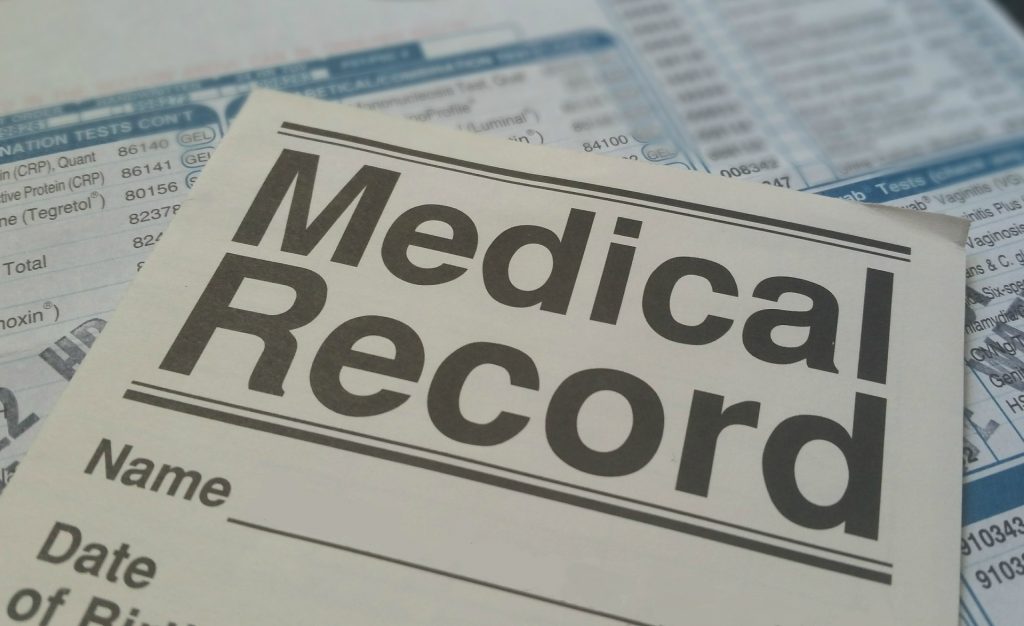2019 is going to be a very important year for the NHS, and I wanted to resume our ongoing conversation here with a timely reminder to all NHS leaders that the clock really us ticking on a very crucial piece of work – what you need around your STP work.
As I won’t need to remind you, STPs – Sustainability and Transformation Partnerships – were set up by NHS England back in 2016, split into organisations covering every part of the country.
The idea is to find new local and integrated ways to improve health and care, with NHS organisations and local councils in England being asked to join forces to co-ordinate services around the whole needs of each person.
STPs are very much part of the idea of delivering against some of the key goals of Simon Stevens’ Five Year Forward View vision of a much more sustainable and digital NHS. But they are also very, very local – the stated aim is come up with plans to plans drawn up in your area that will set out practical ways to improve NHS services and population health where you live.
STPs then in turn have led to another great programme, Local and Health Care Records – an attempt to enable the safe and secure sharing of an individual’s health and care information as they move between different parts of the NHS and social care. To make that idea a reality, a number of a number of so-called Local Health and Care Record Exemplars have been set up that have been given special finding partnerships of up to £7.5 million over two years to put in place an electronic shared local health and care record that makes the relevant information about people instantly available to everyone involved in their care and support.
Exemplars were supposed to be 2018 spend drawing up requirements for what a ‘local health and care record’ is supposed to look like. They were meant to be building a Proof of Concept (PoC) against that definition that can then be proven and tested, leading to building of a full solution by the end of the 2019, and rolling out to all members of their STP during the 2020 Financial Year.
But here’s the problem: A lot of organisations really trying to do the right thing here are a bit stuck, as there are no clearly defined requirements
A ready-to-use Local Health and Care Record Demonstrator
We’ve talked to lots of organisations on the ground on both the NHS and the local council side of this who are struggling to find a suitable technology to use to build their PoCs.
This really does prove how far we are from the days of NPfIT, when the plan was that a central system should have been provided to work with. Now, the onus is on the local teams to find their own best fit for this work – and it’s not easy. A big issue seems to be scale… a lot of the systems people have been testing out seem very precarious at connecting multiple back-end systems together in the secure way that NHS England will want.
So we have addressed this head on. Working with a number of frontline NHS organisations, we at SynApps have built a Local Health and Care Record proof of concept (POC) to demonstrate how this works.
What that means in practical terms is that we have a testbed ready based off our NHS Integrated Digital Care Record system. It is proven technology and utilises all of the power of our Vendor Neutral Archive (VNA) and Enterprise Document Sharing (XDS) solution and which you can literally plug in to you and your partners’ systems tomorrow to help you build a convincing PoC.
That also means you will have a system which can support every sort of content a Local Health and Care Record will need – from path lab results to X-ray imagery, NHS Records to GP notes and even your social care records.
So if you are starting 2019 concerned about what you can do to capitalise on the opportunity the Local Health and Care Record programme represents for your area, fear not – we can likely help you.
Get in touch to see what we can do to help you move your Local Health and Care Record ideas off the PPT and into real instantiation in working software.
Chris is Director of all SynApps Solutions’ Sales & Marketing activities


